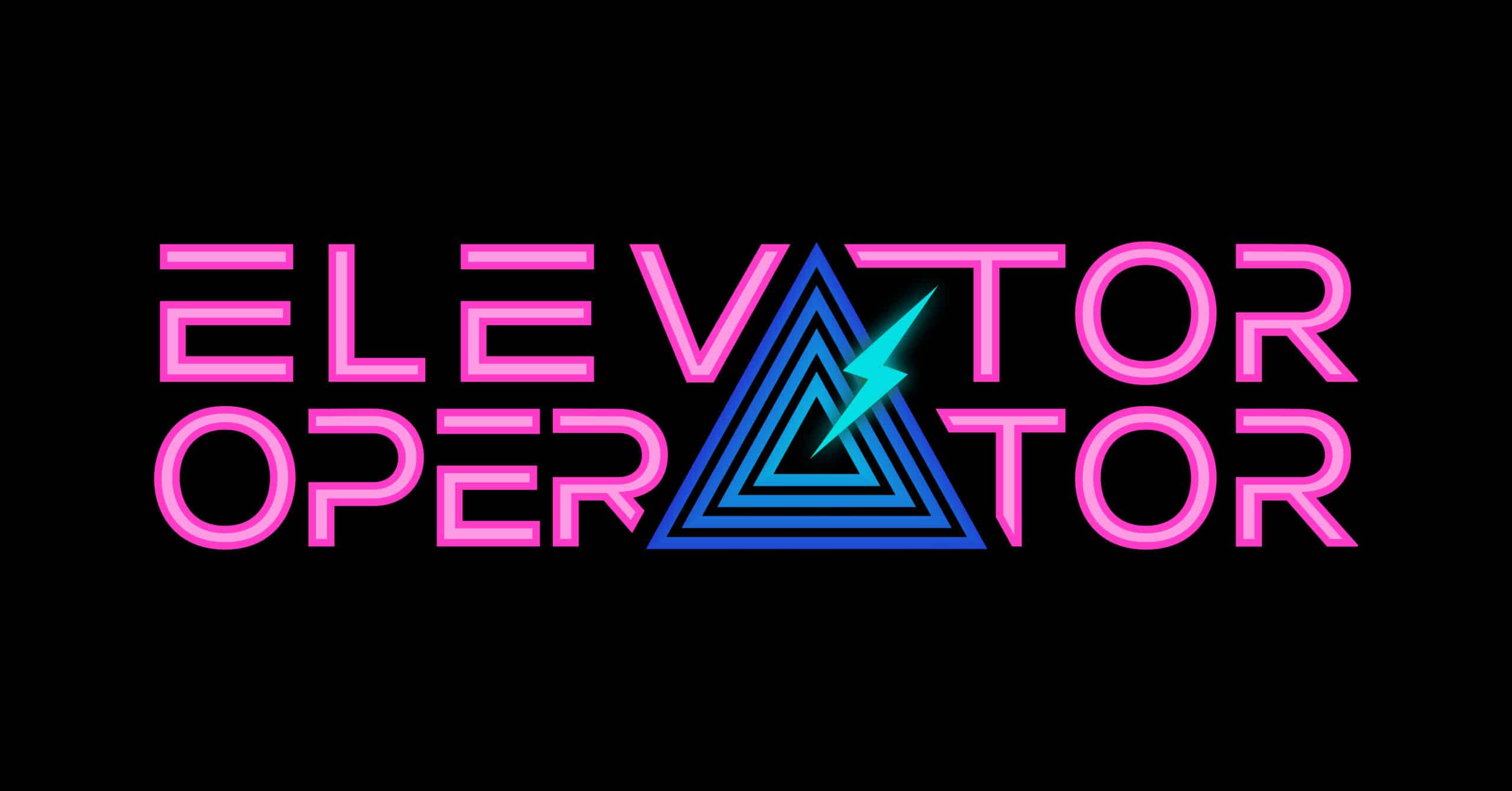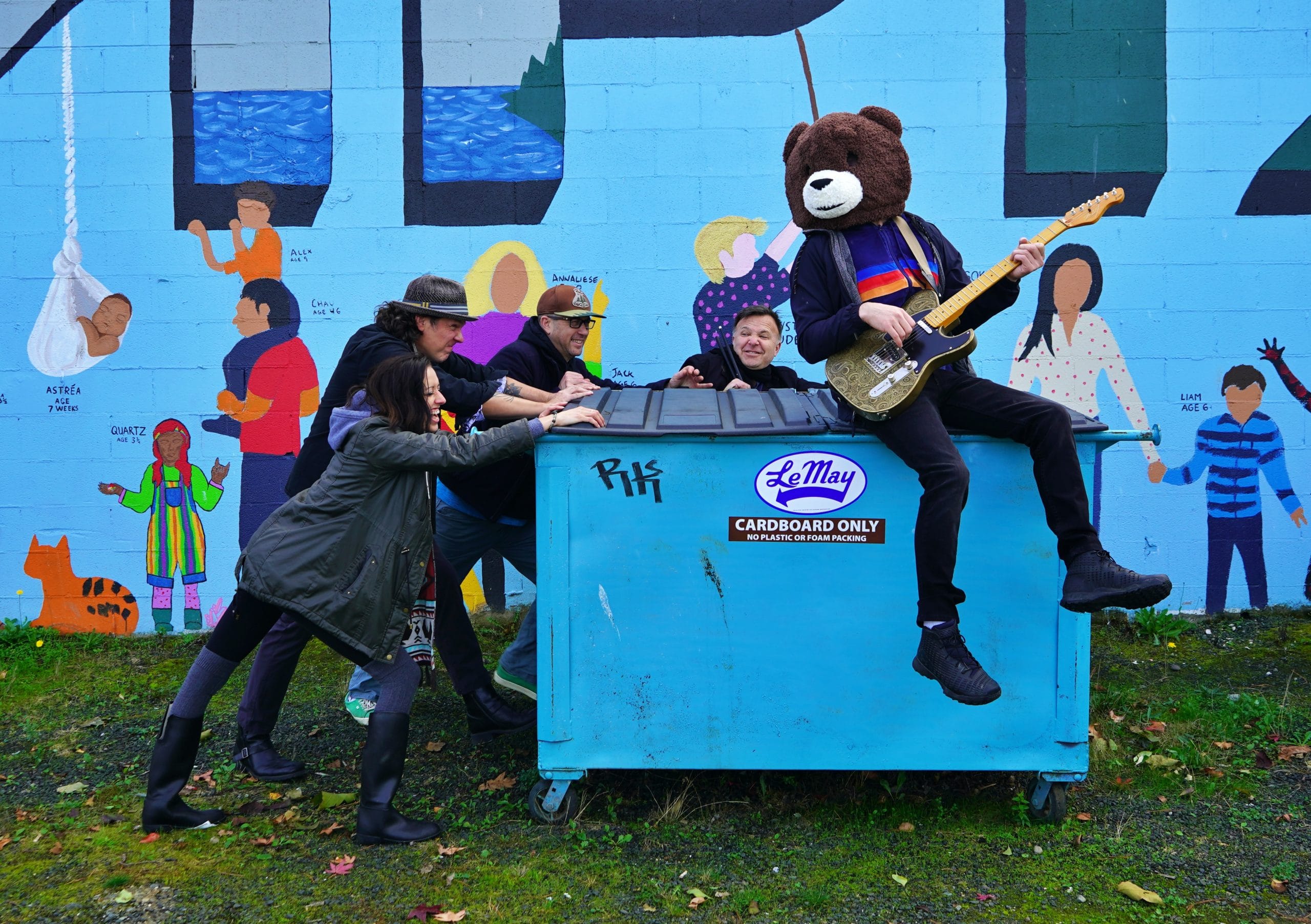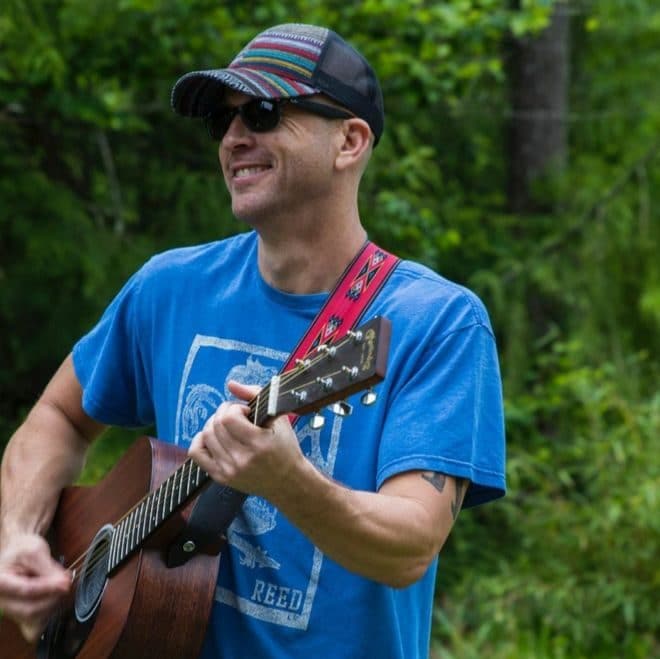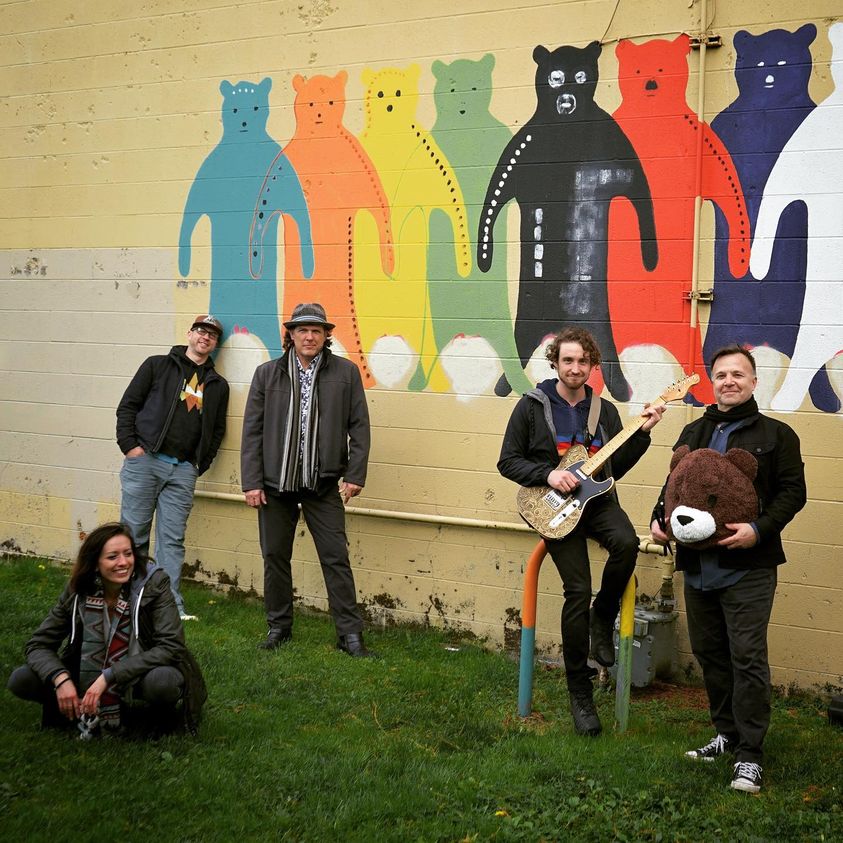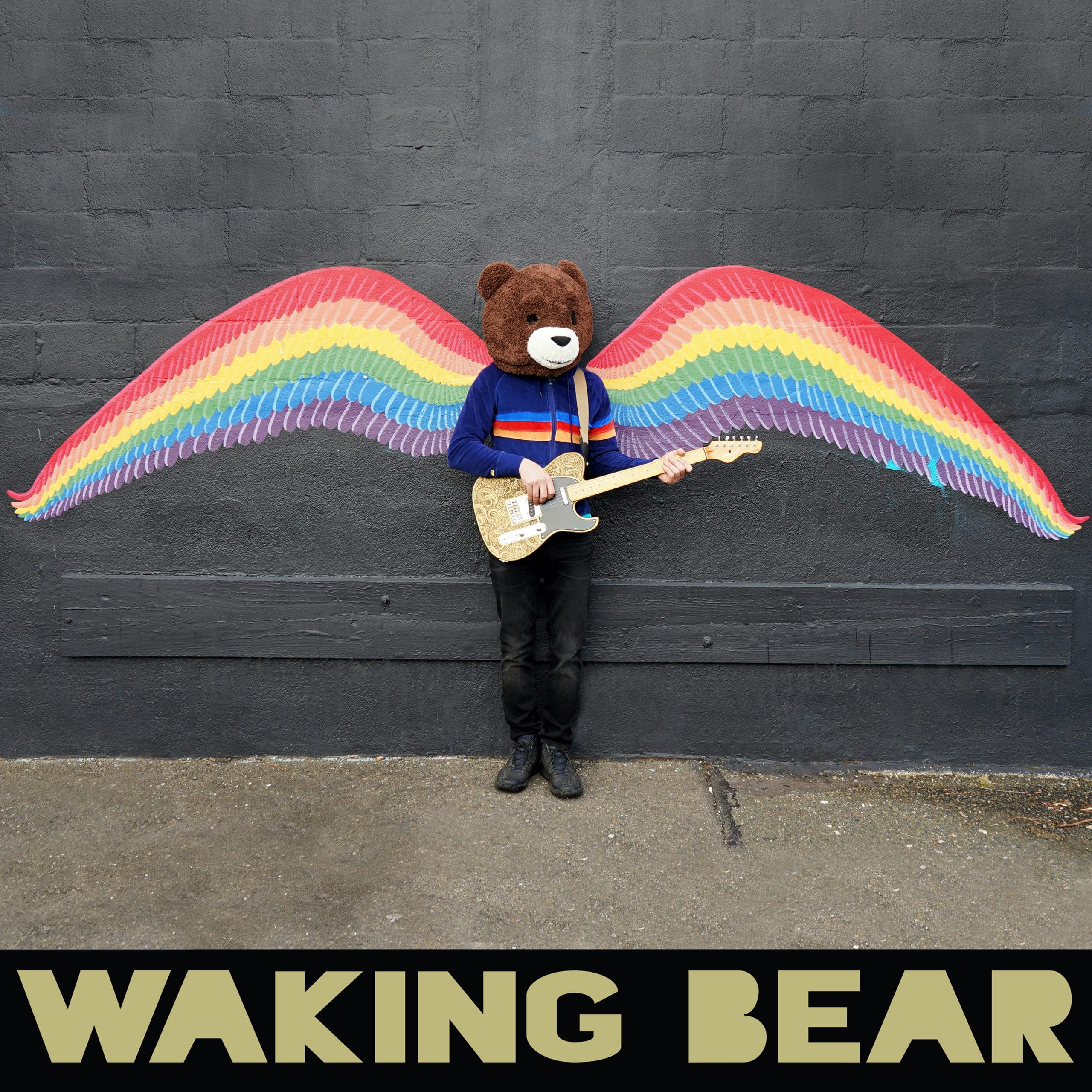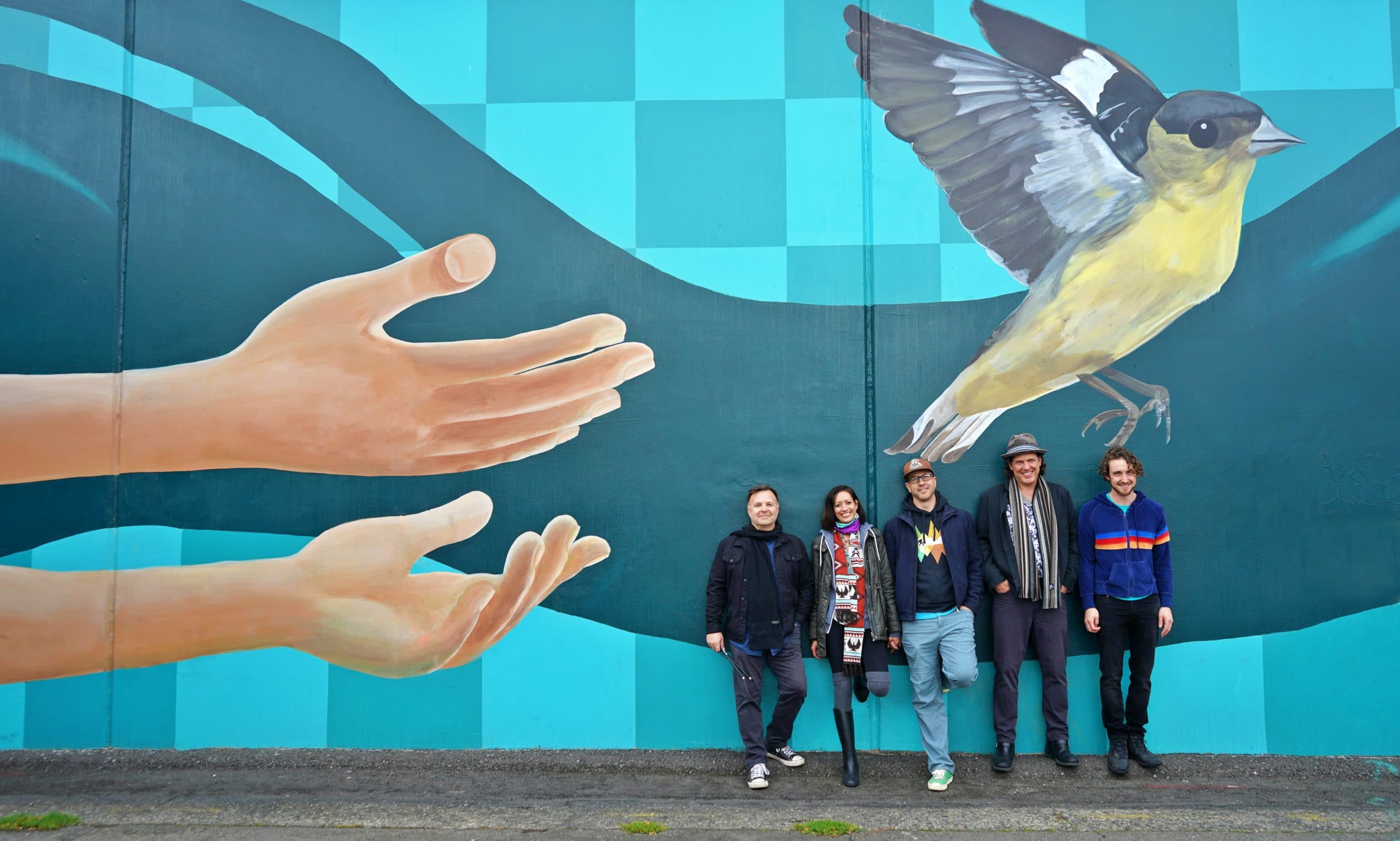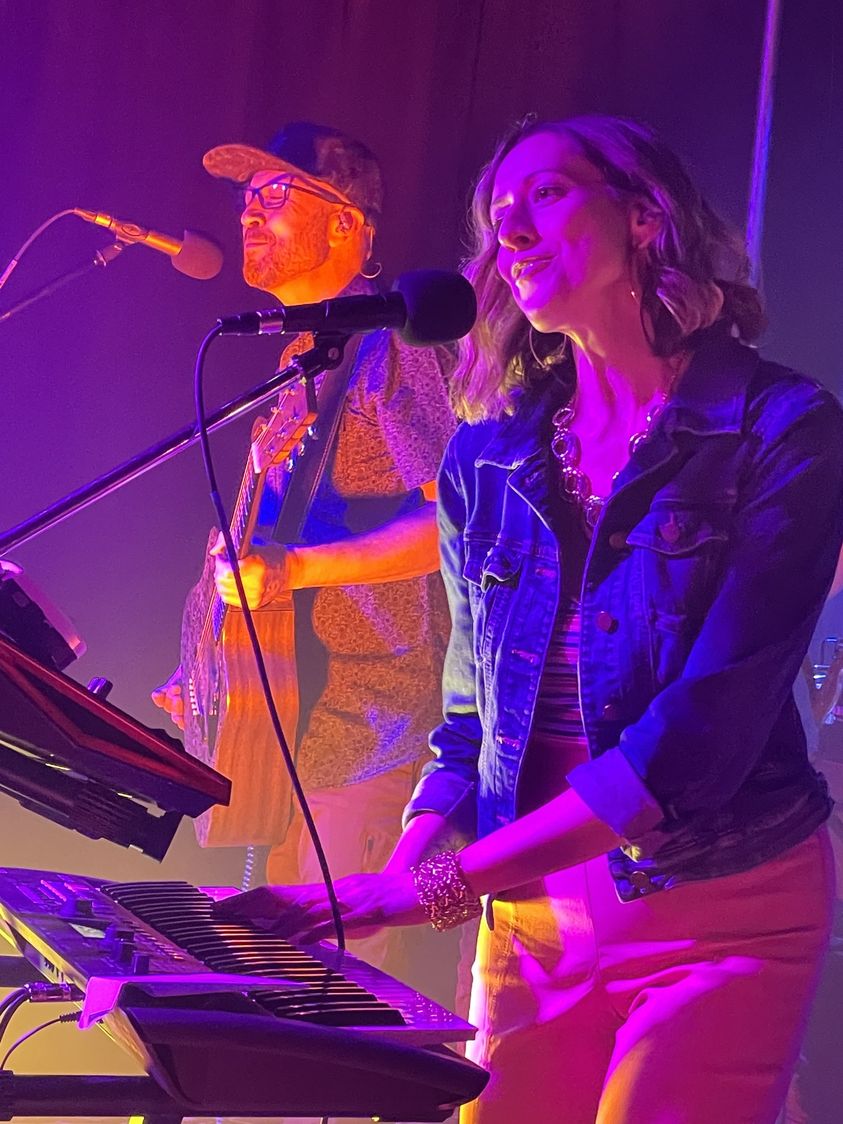When we think about mermaids, we typically imagine them in the mythological sense. They live more as archetypes of being rather than flesh-and-blood creatures. The questions of how mermaids live, what do mermaids eat, doesn’t usually come up.
But that doesn’t stop us! As we’ve discussed elsewhere, mermaids could have biological origins. And knowing what we do of the prevalence of mermaid sightings from cultures around the world, there is an argument to be made for their existence in the real world.
If we play with that idea, we begin to have some curious questions. If mermaids are real, then they have the same biological needs and drives as every other creature. They must mate, shelter, sleep, and eat.
Today, we’re going to examine the question of the mermaid diet. How do they eat? What do they eat? And why does it matter?
How Aquatic Mammals Eat
It’s important to remember that if mermaids are real, they are mammals. If the popular depictions of mermaids are anywhere close to accurate, they are likely hominids who have adapted to a life of water. That makes them an aquatic mammal, and we can learn a lot about how a mermaid might eat by examining our ocean cousins.
Aquatic mammals have a few ways of feeding. The most bizarre is the blue whale. This behemoth has to consume an enormous amount of calories in a day, and its body is too large to be given to athletic feats that a hunting predator uses to catch its prey. A blue whale cannot launch a surprise attack, nor can it pursue a chase for very long before burning up whatever nutrition it could hope for from a single fish.
That is why blue whales are filter feeders. They have bristle-like teeth to filter food, and when they’re hungry, they open up their mouths and suck in all the miniscule plankton that get in their way. That’s right, the largest animal feeds on some of the smallest organisms on the planet. Plankton is tiny, but since the whale can passively consume large quantities, it is able to recuperate enough calories from them to live.
A mermaid couldn’t eat like this, given that their mouth isn’t large enough and they have no way to filter their food out of the ocean.
They might hunt like their dolphin brethren. Dolphins are master hunters, snatching up fish in their long, beak-like mouths and gulping them down without chewing. This is how smaller whales eat as well.
The problem for the mermaid is that they have human-sized mouths. But human mouths aren’t made for catching prey. We use our arms (and weapons) to kill and capture. Next time you’re out swimming, try biting a live fish — don’t worry about the taste or food safety, you won’t get close.
Seals have smaller mouths than most aquatic mammals, and they often eat crustaceans along with fish, octopuses, shrimp, and related food.
Mermaids are not quite as sea-worthy as seals, whose bodies are much better suited to swimming up on their prey. But mermaids have arms, so they could harvest plant life and capture crustaceans.
What’s on the Mermaid Menu? What do Mermaids Eat?
If mermaid nutrition works anything like human nutrition does, we can say that mermaids have a lot of healthy options. Seaweed and certain algae are known for being packed with healthy fats (like Omega-3 DHA), vitamins, minerals, and protein.
Spirulina in particular is a good candidate for mermaids. It grows easily, and many human populations have relied on it as a food source. Mesoamerican cultures, including the Aztecs, harvested it up until Spanish colonization in the 16th century. Spirulina contains up to 60% protein by weight.
Seaweed and algae could be gathered easily, and if mermaids used ecologically sound practices that human hunters and gatherers used, the resources are highly renewable with little cultivating.
Of course, this complicates the matter of mermaid breath, but that might be why they are usually seen from afar.
Another possible source of food for mermaids are crustaceans. Every child who has played in a creek knows that catching crustaceans by hand is fairly easy. Crustaceans have no carbohydrates, but they have a lot of protein and some fat, along with vitamins and minerals.
Combined with plant life, the mermaid diet does seem to match up with many of the healthiest human populations on the planet. In human nutrition and health, researchers have located what are called “blue zones.” These are areas with the highest rate of centenarians — people who live to 100 years and more. What you’ll notice is that all five areas are on the ocean, and the locals have diets with lots of seafood.
While the concept of “blue zones” isn’t free from criticism, it presents an interesting note on the possible lessons we could learn from mermaid eating habits.
Why It Matters
We’ve seen a lot of speculation so far, with no clear answers but some compelling possibilities. The question then arises: why does it matter what mermaids eat?
Any cryptozoologist worth their Sasquatch tattoo can tell you: if you know what a cryptid eats, you know where to look for them.
Beyond the sheer love of thinking seriously about paranormal creatures, mermaid eating habits could give us a lead on where to find mermaids. If they eat a lot of seaweed and algae, we know that they will frequent areas that have lots of these plants.
You can narrow down the search with reported sightings, and then focus on the places near those sightings where mermaid food exists in abundance. Apart from this tactical advantage, this is the kind of question that makes cryptozoology such an interesting field. When we speculate on the features of proposed creatures, we learn a lot about biology along the way. Meanwhile, we gain an appreciation for how all life works, including our own.
[mysocial]
